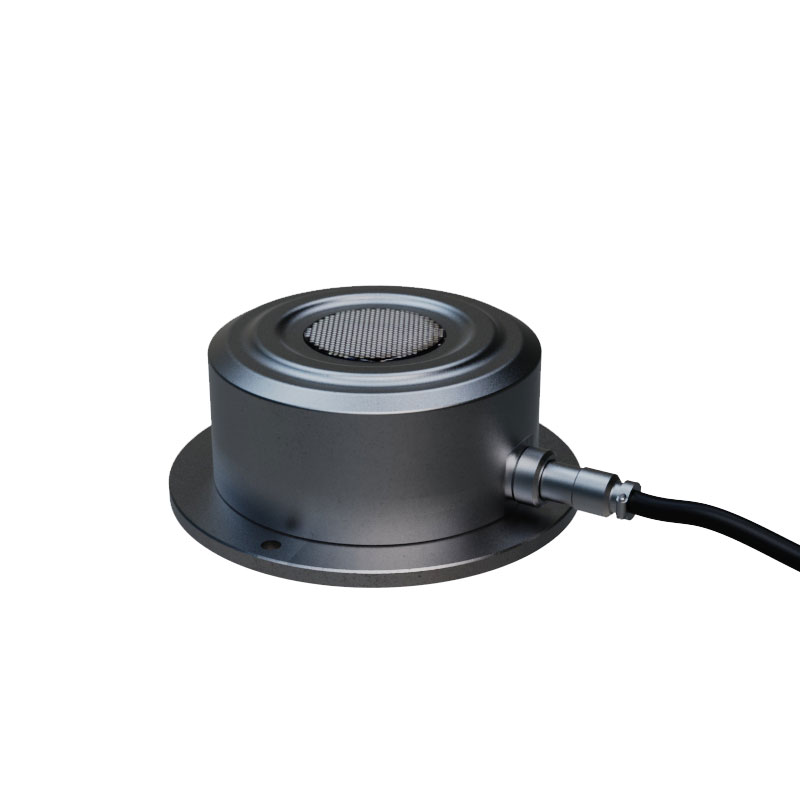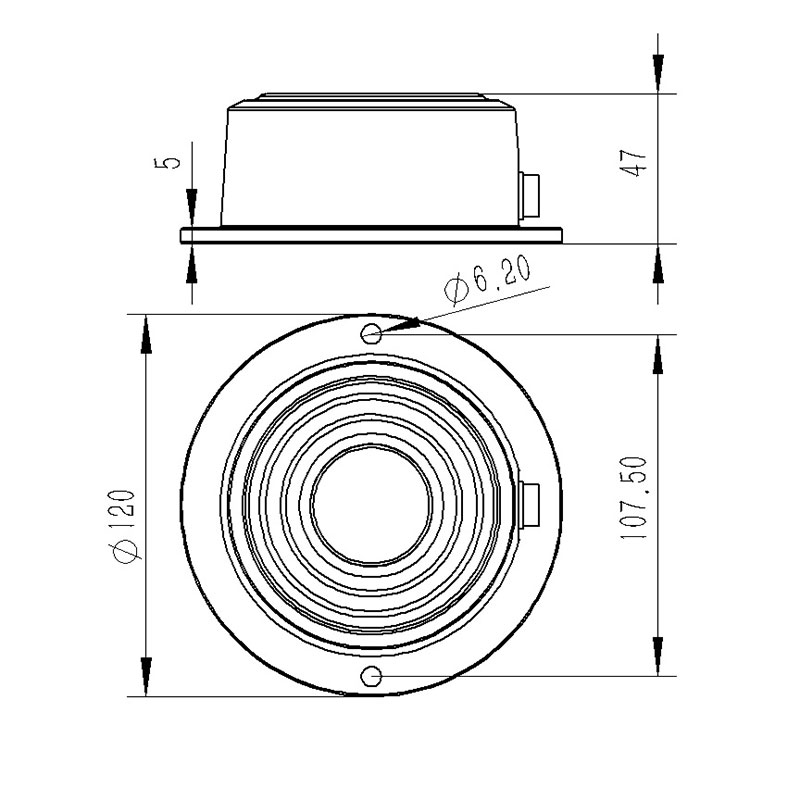Tianqiong Sensor IOT Technology Co., Ltd
Sales Manager:Ms. Emily Wang
Cel,Whatsapp,Wechat:+86 15898932201
Email:info@fengtutec.com
Add:No. 155 Optoelectronic Industry Accelerator, Gaoxin District, Weifang, Shandong, China

Sales Manager:Ms. Emily Wang
Cel,Whatsapp,Wechat:+86 15898932201
Email:info@fengtutec.com
Add:No. 155 Optoelectronic Industry Accelerator, Gaoxin District, Weifang, Shandong, China

Model:FT-XL2
Brand:tianqiong
1.Ultrasonic Snow Depth Sensor Product Introduction
Ultrasonic Snow Depth Sensor enables automatic and continuous monitoring of snow depth, with unrivalled accuracy in measuring snow accumulation levels.Ultrasonic Snow Depth Sensor is a sensor that uses ultrasonic technology to detect distances on snow surfaces.The sensor adopts an integrated capacitive electrostatic transducer probe design, with high sensitivity, strong anti-interference ability and high accuracy.
2.Ultrasonic Snow Depth Sensor Technical Indicators
Power supply: DC12V
Working environment: -40-60℃, humidity ≤100% without condensation
Communication interface: RS485
Operating current: 18mA DC12V
Minimum data interval: 0.2S
Housing material: aluminum alloy material
Range: 0-2000mm
Measurement resolution: 1mm
Accuracy: 1mm±0.2%
3.Ultrasonic Snow Depth Sensor Product Size Diagram

4.Ultrasonic Snow Depth Sensor products
The equipment installation location should be open
The equipment installation cross arm should be guaranteed to be at least 1M
There should be no obstruction above the device
The distance from the equipment to the ground level should be within 20cm-200cm.In order to ensure measurement accuracy, the recommended distance is 100cm.
The equipment installation bracket should be kept horizontal.It is best to treat the reflective ground of the sensor horizontally.The reflection point should be within a radius of 1 meter.The weed interference should be avoided.
The "data brain" in farm fields is quietly changing the agricultural production model that has relied on "weather-dependent farming" for thousands of years.In traditional agricultural production, farmers mostly rely on experience to judge agricultural activities. However, as clim...
In the hustle and bustle of urban life, people often long to escape and seek a pure place to relax and nourish their body and mind. The negative oxygen ions in scenic areas are a precious gift from nature.Known as the "vitamin of the air," negative oxygen ions surround us when we step into...
The Portable el detector is an important device used to detect various defects in photovoltaic (PV) cell modules. It can accurately detect defects such as hidden cracks, fragments, and poor soldering in PV cell modules. These internal defects can seriously affect the service life and long-term power...
In many fields such as meteorological observation, traffic management, environmental monitoring, and aerospace, visibility is an extremely critical indicator. For example, in the aviation sector, the visibility around airports directly affects the safety of aircraft takeoffs and landings. In the eve...